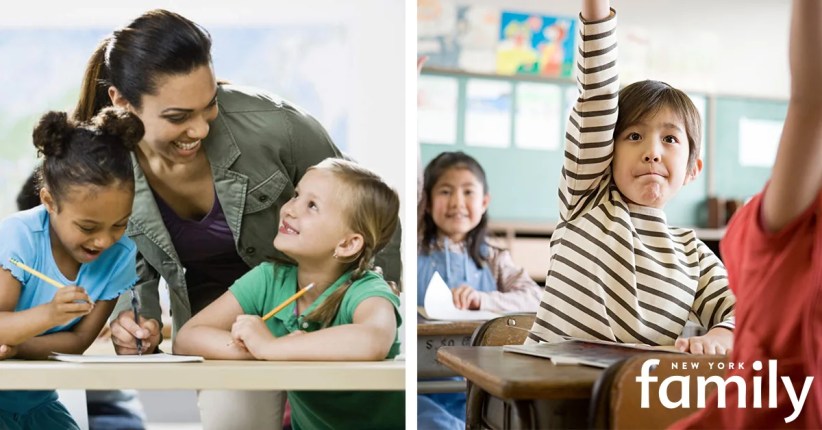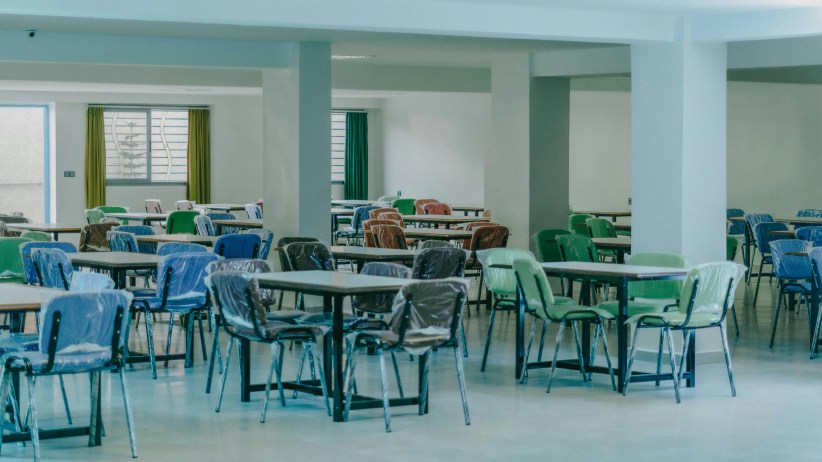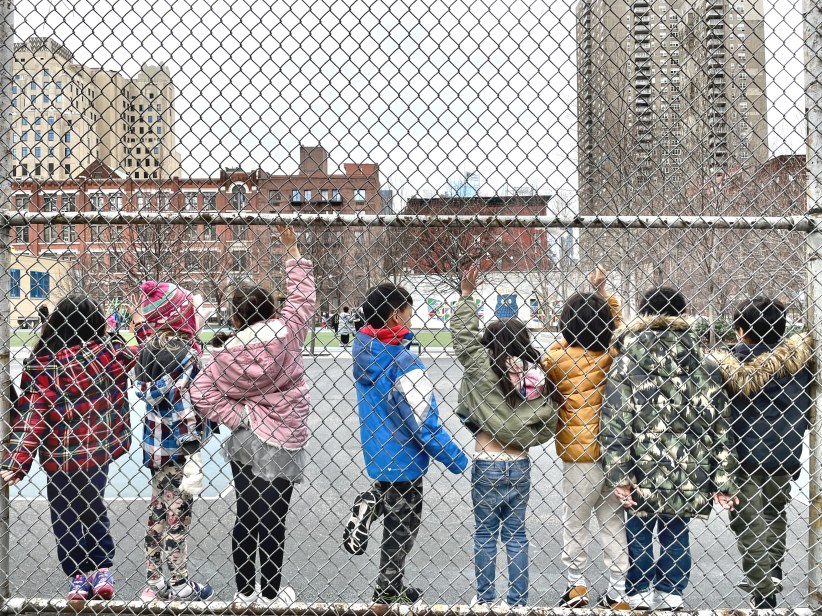There are eight different learning styles (how people process and retain information), each with different preferred methods of learning new information. Here’s how to determine which learning style your child prefers—and how to support her in school so she succeeds.
Picture this: There’s a classroom full of students singing songs about plant cycles. In the next classroom, students are planting their own bean sprouts to observe the plant cycle in action. In still another classroom, students are creating diagrams to see plant structures and systems. While the children are learning in different ways in each of these scenarios, they’re all learning the same science curriculum.
In an ideal world, all schools would be set up in a similar manner or all teachers would incorporate each teaching method in their classrooms because just as each child has a unique personality, likes, and dislikes, each child has a unique learning style. But what is a learning style exactly? It refers to a person’s preference for how she learns, processes, and retains information—“how [people] make sense of the world around them,” says Jeff Wu, representative for The Tutorverse, a tutoring company that supplements classroom learning.
There are eight commonly identified learning styles:
- Visual-Spatial learners do well with visual aids such as pictures, diagrams, colors, and mind maps.
- Auditory-Rhythmic learners retain information by using melodies, rhythms, sounds, and recordings.
- Kinesthetic-Tactile learners need hands-on learning opportunities, including building, drawing, and role-play.
- Verbal-Linguistic learners crave words, reading aloud, writing, speaking, and creating mnemonic devices.
- Logical-Mathematic learners prefer to learn by using logic, reasoning, and systems to explain and understand concepts.
- Social-Interpersonal learners thrive by relating to and working with others.
- Solitary-Intrapersonal learners prefer study and work alone.
- Naturalist learners thrive by experiencing nature.
Learning styles are on a spectrum and are not mutually exclusive; there are countless style combinations. And numerous variables influence your child’s learning style, including internal factors such as personality and interests, and external factors such as how he interacts with other people and how he perceives the world. No matter what your child’s learning style is, though, there are ways to help her thrive, both in and out of the classroom.
Determine Her Learning Style
Parents have an innate sense of how their child learns just by observing and knowing him, says Mariaemma Willis, M.S., education specialist, author, and co-founder of Learning Success Institute, an educational consulting service that offers services catered to personal learning styles. Ever since your child was a baby, she has been hinting at how her brain best processes and retains information. Did he grow up building with Legos? He might learn best by doing, not seeing or hearing. Did she start making to-do lists before she even had anything to do? She may learn best by writing down and seeing information.
In addition to your observations, there are plenty of resources available to further your understanding of how your child learns. Assessments like Willis’s Self-Portrait Power Traits Online Assessment will pinpoint your child’s learning strengths and preferences. Even simply Googling “learning style assessment” will result in millions of helpful resources.
Find the Right School
Alina Adams, author of Getting Into NYC Kindergarten and Getting Into NYC High-School and a columnist for NewYorkSchoolTalk.org, emphasizes the significance of making sure your child’s school is the best one for his learning needs. “Schools exist for nearly every sort of learner, but the challenge is finding this school,” she explains. For parents whose children are struggling in the classroom, Adams recommends first figuring out the problem. Is your daughter constantly reprimanded because she can’t stay in her seat? Look for a school that allows students to move around during the day. Is your son frustrated because schoolwork is simply being explained? There are schools that allow kids to learn by doing.
The most positive effect of choosing the right school for your child is she won’t get turned off to learning, Adams says. “We’re happiest when we’re learning and applying what we’ve learned towards a goal. A school that reinforces a child’s passion for learning by fitting how they best learn is a school that will set them up well for the rest of their life” she says. “Deciding you hate learning at the start of your life is as devastating as deciding you hate drinking, eating, or breathing.”
Seek Outside Help
A major issue for students of all learning styles and abilities tends to be that a teacher instructs a class of 27-32 kids, on average, in one way, at one pace. This may be fine for some students, but for many others it may not be the right style or speed. “There are only three to five students in every class that have the magic formula that traditional classrooms are set up for…the rest are shortchanged,” Willis says.
Because of this, Wu advises parents seek out a tutor for their child, which will reinforce what he learned in school. Oftentimes too, the tutor will translate your child’s work in a way he can best understand it. To pick the right outside help for your child, Wu suggests two pre-emptive steps. First, understand what your personal goal is for your child, what your child’s goal is for herself, and what she is struggling with. Second, look at the education professionals’ experience and reputation.
There are two standard goals for your child when working with an outside educator, Wu explains. The first is to build his confidence and get him to recognize he can do it! The second is to achieve an improvement in your child’s results. The benefit of working with a tutor 1-on-1 is “they can really hone in on the strengths of your child and figure out new ways to explain things to really help your child,” Wu says.
Support Your Child at Home
There are steps you can take at home to help build and reinforce positive learning habits for your child. Wu, Willis, and Adams all agree that the best way to help is to engage her using the following techniques:
Create and encourage real-life learning experiences. Visit one of the numerous museums in the New York metro area and explore and talk about the exhibits, or go on a hike and talk about the native species you pass. The opportunities to create real-life learning are endless.
Ask him questions. Find out his likes and interests. Doing this creates the perfect opportunity to customize real-life learning to his interests.
Model good educational behaviors. David Norment, an educator for 22 years and father of three, stresses the importance of not only spending positive quality time with your children, but also being an educational role model. “If you want them to read, read in front of them. If you want them to prioritize current affairs, watch the news with them,” he suggests.
Establish guidelines and an environment for homework. Eliminate distractions, whatever they may be for your child, and create an environment in which she can best work. Some kids study best in short bursts with music in the background, while others prefer to get it all done in one sitting with nothing else going on in the room. Wu emphasizes the importance of setting clear expectations for your child as well as creating a system that includes a schedule. To figure out which environment and schedule works best for your child, ask. If the system doesn’t work on the first try, make small tweaks until you find the right fit.






















